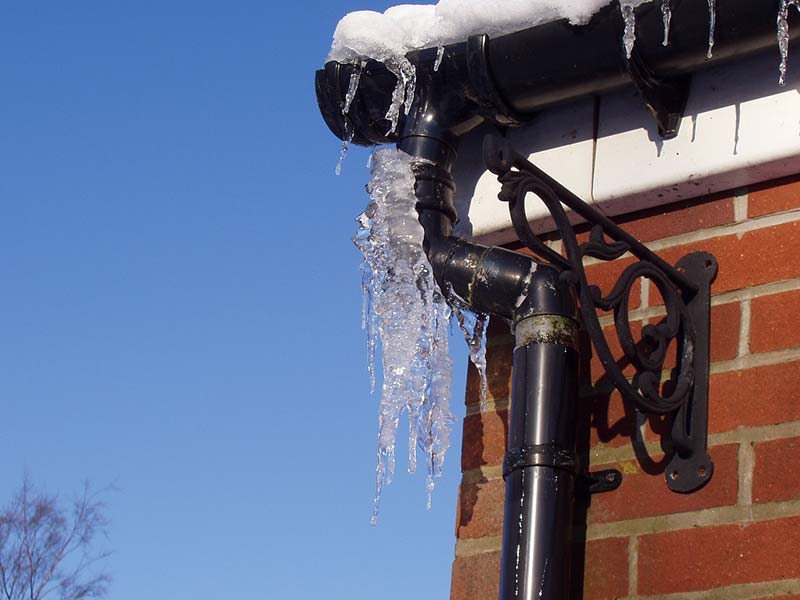 Short, mild winters are just one of the many things that make living in Upstate SC great! Not only can we usually get through November without having to wear anything heavier than a sweater (if that), but we don't have to deal with several feet of snow and all the inconveniences that come along with it.
Short, mild winters are just one of the many things that make living in Upstate SC great! Not only can we usually get through November without having to wear anything heavier than a sweater (if that), but we don't have to deal with several feet of snow and all the inconveniences that come along with it.
While we have it easier than our friends up north, we aren't completely immune to winter weather — if you've been in the Greenville area for a while, you know that we're prone to ice storms, and where there's ice, there can be frozen pipes that can burst and leave your home a soaking nightmare.
To avoid bursting pipes, we're covering how you can keep your pipes from freezing and your water flowing all season long.
How to Prepare Your Plumbing for Winter
Another perk of experiencing warmer weather longer is having more time to properly prepare your home for the changing of the seasons. For a smoother winter, take these preventative measures in the fall:
- Insulate, insulate, insulate! Not only should you insulate the water pipes in your basement or crawl spaces to eliminate heat loss, but also add extra insulation to your basements and crawl spaces themselves so the entire room will maintain a higher temperature and reduce the risk of freezing.
- Go with the flow. Keep water flowing through faucets that are connected to pipes that run through unheated spaces. You don't need to turn anything on full-force, a small trickle will do the job and won't break the bank.
- Drain any pipe that does not absolutely need to have water in it. I'm willing to bet you won't be needing your swimming pool or sprinklers any time soon, so drain these supply lines according to the manufacturer's or installer's directions. While you're at it, also remove, drain, and store any hoses that you have connected to outdoor spigots.
- Speaking of hoses... Close inside valves that run water to outdoor hose bibs, then allow them to drain. Pro tip: Keep the outside valve open — this will give remaining water space to freeze and expand without causing the pipe to burst.
- Cover exposed pipes. Install UL-listed "heat tape" or "heat cable" on any exposed water pipe. Examples of exposed pipes are any pipes outside of your home, or pipes located in your home in areas where the temperature might drop below freezing (basements, garages, crawl spaces, etc.).
- Some (pipes) like it hot! You know the pipes under your sinks? Keep them from freezing by leaving kitchen and bathroom cabinets open so that your heat can keep both you and your pipes warm!
A telltale sign of a freezing pipe is low water pressure. If you turn on a faucet and get nothing but a trickle, you need to either locate the freeze and gently thaw it with a hair dryer, or call a professional before a minor inconvenience turns into a major home disaster.
If you don't catch the problem before it's too late, don't worry — no matter what your plumbing problem is or what time of day it happens, Ken's Plumbing is available for you! You can call us at (864) 242-5511, or schedule service online for any non-emergency. We're here for you and your family 24 hours a day, 7 days a week, 364 days a year (every day except Christmas), so you never have to be uncomfortable for long!


.png)